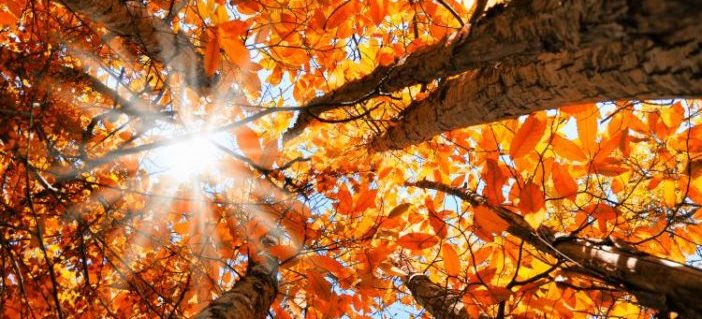Last Saturday marked the September (autumn) equinox, which meant we’ll once more get an equal length of day and night. Soon after, nights will become long again. The Chinese call it 秋分 (qiūfēn), the 16th point in the 24 Solar Terms (24 节气 jiéqì), an important part of the traditional Chinese lunisolar calendar. The astronomical concept, which has been in use since the Zhou Dynasty (770BC-256 BC), was declared a World Intangible Cultural Heritage of Humanity last December.
Historically, jiéqì was used for agricultural purposes in ancient China as it provided a “time frame” of activities that correspond to the major changes in the environment during a season.
The 24 points in the lunisolar calendar also mark festivities or rituals, and in the case of qiūfēn or Mid-Autumn Festival, activities related to worshiping the Moon. This year, this major festival doesn’t happen until Oct 4 (Wednesday), when a full moon is set to grace the night sky. We’ll have more about that in next week’s Mandarin Monday.
Anyway, going back to the Solar Terms… each season has six points or “terms” and their names are very descriptive of the season’s highlights. In the list below, you’ll see the names of each term and when they start in the Gregorian calendar.
– 立春 lìchūn (Feb 4) – Spring Begins, when the days start to become longer again
– 雨水 yǔshuǐ (Feb 19) – The Rains, indicating the increased amount of rainfall as the weather becomes warmer
– 惊蛰 jīngzhé (Mar 6) – Insects Awaken, since insects awaken from their winter hibernation
– 春分 chūnfēn (Mar 21) – Vernal Equinox, or middle of spring (in the Northern Hemisphere)
– 清明 qīngmíng (Apr 5) – Clear and Bright, when the Qingming Festival (or Tomb Sweeping Festival) happens
– 谷雨 gǔyǔ (Apr 20) – Grain Rain, when a further increase in rainfall helps the growth of crops
– 立夏 lìxià (May 6) – Summer Begins
– 小满 xiǎomǎn (May 21) – Grain Buds, representing a period where grains grow fuller day by day
– 芒种 mángzhòng (Jun 6) – Grain Ear, when cereal grains (in the seed-bearing part of the plant, or “ear) mature
– 夏至 xiàzhì (Jun 21) – Summer Solstice, or mid-summer, when the sun is its highest point in the sky
– 小暑 xiǎoshǔ (Jul 7) – Slight Heat, when the continuous rainfall in the Yangtze river valleys stop
– 大暑 dàshǔ (Jul 23) – Great Heat, representing the hottest days of the year
– 立秋 lìqiū (Aug 8) – Autumn Begins
– 处暑 chǔshǔ (Aug 23) – Heat Withdraws, when the cold air from the north start to slowly cool down the weather
– 白露 báilù (Sep 8) – White Dews, or the dews that can be seen on the grass as the temperature gradually cools down
– 秋分 qiūfēn (Sep 23) – Autumn Equinox, or middle of autumn (in the Northern Hemisphere)
– 寒露 hánlù (Oct 8) – Cold Dews, when the dews start to become frost
– 霜降 shuāngjiàng (Oct 23) – Frost Falls, when the vapor in the air freezes in the form of tiny ice needles
– 立冬 lìdōng (Nov 7) – Winter Begins
– 小雪 xiǎoxuě (Nov 22) – Light Snow, as in some areas along the Yangtze River start to see light snowfall
– 大雪 dàxuě (Dec 7) – Heavy Snow, indicating more snowfall in most areas in China
– 冬至 dōngzhì (Dec 22) – Winter Solstice, or mid-winter, when the shortest day of the year happens
– 小寒 xiǎohán (Jan 6) – Slight Cold, indicating the start of coldest days of the year
– 大寒 dàhán (Jan 20) – Great Cold, when the cold wave from Siberia arrives in China
The seasons begin with 立 lì, which can mean “establish”; the two solstices have the character 至 zhì meaning “extreme” or “most,” implying the position of the sun in the sky during summer (highest) and winter (lowest).
So using the list above, we can get some words for the season names:
– 春 chūn – spring
– 夏 xià – summer
– 秋 qiū – autumn
– 冬 dōng – winter
Photo: timeanddate.com
See more of my stories here.
Email: andypenafuerte@beijing-kids.com
Web: coolkidandy.wordpress.com
Instagram: @coolkidandy
